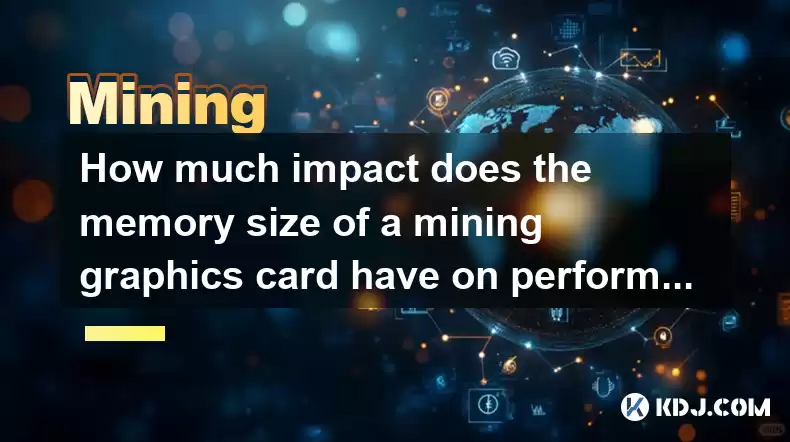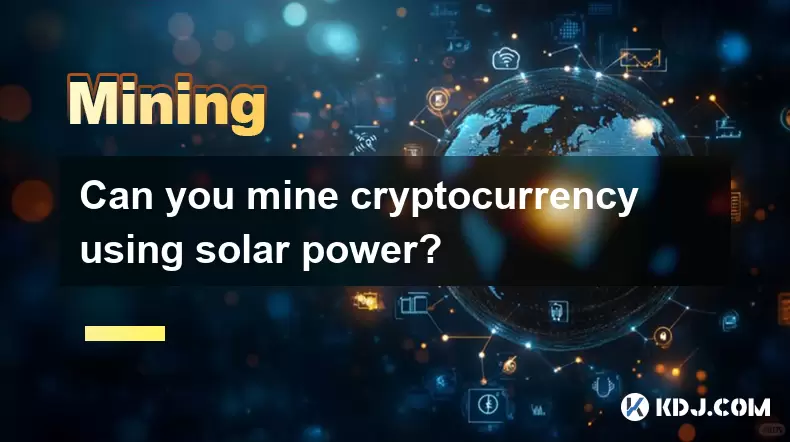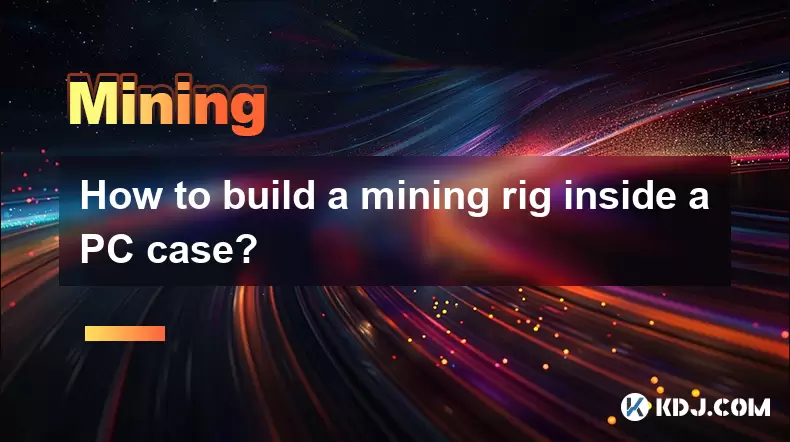-
 Bitcoin
Bitcoin $117500
2.15% -
 Ethereum
Ethereum $3911
6.19% -
 XRP
XRP $3.316
10.79% -
 Tether USDt
Tether USDt $1.000
0.01% -
 BNB
BNB $787.2
2.24% -
 Solana
Solana $175.2
4.15% -
 USDC
USDC $0.9999
0.00% -
 Dogecoin
Dogecoin $0.2225
8.40% -
 TRON
TRON $0.3383
0.28% -
 Cardano
Cardano $0.7868
6.02% -
 Stellar
Stellar $0.4382
9.34% -
 Hyperliquid
Hyperliquid $40.92
7.56% -
 Sui
Sui $3.764
7.63% -
 Chainlink
Chainlink $18.48
10.66% -
 Bitcoin Cash
Bitcoin Cash $582.1
1.88% -
 Hedera
Hedera $0.2601
6.30% -
 Avalanche
Avalanche $23.33
4.94% -
 Ethena USDe
Ethena USDe $1.001
0.02% -
 Litecoin
Litecoin $122.3
2.04% -
 UNUS SED LEO
UNUS SED LEO $8.969
-0.27% -
 Toncoin
Toncoin $3.339
0.86% -
 Shiba Inu
Shiba Inu $0.00001287
4.30% -
 Uniswap
Uniswap $10.43
7.38% -
 Polkadot
Polkadot $3.861
5.08% -
 Dai
Dai $1.000
0.02% -
 Bitget Token
Bitget Token $4.513
3.41% -
 Monero
Monero $267.7
-6.18% -
 Cronos
Cronos $0.1499
4.14% -
 Pepe
Pepe $0.00001110
5.15% -
 Aave
Aave $284.9
8.28%
How much impact does the memory size of a mining graphics card have on performance?
VRAM size significantly impacts GPU mining performance, but bandwidth is equally crucial. Higher VRAM allows more simultaneous transactions, boosting hash rates, especially for memory-intensive cryptocurrencies, though cost-benefit analysis is vital; memory errors can severely reduce efficiency.
Mar 16, 2025 at 12:36 pm

Key Points:
- Memory size directly impacts the number of transactions a GPU can process simultaneously. Larger VRAM allows for more complex calculations and higher hash rates.
- Memory bandwidth, not just size, is crucial for efficient data transfer. Faster bandwidth enables quicker processing and improved mining performance.
- Different cryptocurrencies have varying memory requirements. Some algorithms are less memory-intensive than others.
- Higher memory capacity generally translates to higher profitability, but the cost-benefit ratio needs careful consideration.
- Memory errors can significantly reduce mining efficiency and potentially damage the hardware.
How Much Impact Does the Memory Size of a Mining Graphics Card Have on Performance?
The memory size of a graphics card, often referred to as VRAM (Video RAM), plays a significant role in cryptocurrency mining performance. Larger VRAM allows the GPU to handle more data simultaneously. This is particularly important in memory-intensive algorithms where large datasets are processed during each hashing operation. Essentially, more VRAM translates to a potentially higher hash rate, leading to more mined coins over time.
However, it's not just the sheer size of the VRAM that matters. The memory bandwidth, the speed at which data is transferred to and from the VRAM, is equally critical. A GPU with a large VRAM but slow bandwidth might perform worse than one with smaller VRAM but significantly faster bandwidth. The interplay between size and speed is crucial for optimal performance.
The specific cryptocurrency you're mining also influences the impact of VRAM size. Different cryptocurrencies use different algorithms, some of which are far more memory-intensive than others. For instance, mining Ethereum Classic (ETC) with its Ethash algorithm demands substantially more VRAM compared to mining Litecoin (LTC) with its Scrypt algorithm. A GPU with ample VRAM might excel at ETC mining but might be overkill for LTC mining.
While a larger VRAM generally leads to higher hash rates and increased profitability, it's crucial to consider the cost-benefit ratio. High-end GPUs with massive VRAM are expensive. Investing in such hardware may be profitable in the long run for certain coins, but it's essential to analyze the projected returns against the initial investment and electricity costs. A less powerful, more affordable GPU might be a better choice if the difference in mining speed doesn't justify the higher price tag.
Maintaining the integrity of the GPU's memory is vital for consistent performance. Memory errors, often caused by overheating or hardware defects, can significantly reduce hash rates and potentially lead to permanent damage. Regular monitoring of GPU temperatures and error logs is crucial to prevent such issues. Implementing proper cooling solutions and using stable overclocking settings are vital preventative measures.
The type of VRAM also plays a role, although less significant than size and bandwidth. GDDR6X generally offers superior performance compared to GDDR6 or GDDR5, enabling higher clock speeds and increased data throughput. However, this often comes at a premium price. The choice between different VRAM types should be weighed against the overall cost and performance gains.
Memory Capacity and Different Cryptocurrencies:
Different cryptocurrencies have different memory requirements. Some, like Ethereum Classic (ETC), require substantial VRAM, while others are less demanding. Understanding these requirements is crucial for selecting the right hardware.
- Memory-Intensive Cryptocurrencies: These algorithms require significant VRAM to handle large datasets. Examples include those using Ethash (ETC) and similar algorithms. For these, GPUs with 8GB or more VRAM are often recommended. Larger VRAM sizes (12GB, 24GB) offer significant performance improvements.
- Less Memory-Intensive Cryptocurrencies: Algorithms like Scrypt (LTC) and others are less demanding on VRAM. While more VRAM still offers performance advantages, the gains may be less pronounced compared to memory-intensive coins. GPUs with 4GB or more might suffice, though larger VRAM is still beneficial.
Choosing the right GPU involves careful consideration of the target cryptocurrency and the associated memory requirements. Investing in excessive VRAM for a less demanding algorithm is wasteful, while insufficient VRAM for a memory-intensive coin severely limits mining efficiency.
Factors Beyond VRAM Size:
While VRAM is a crucial factor, it's not the only one. Other aspects significantly influence mining performance.
- GPU Core Clock Speed: A higher core clock speed means more calculations per second, directly impacting hash rate.
- GPU Processing Units (CUDA Cores): More CUDA cores allow for parallel processing, boosting computational power.
- Power Consumption: Higher power consumption increases electricity costs, impacting profitability.
- Cooling Solution: Effective cooling prevents overheating and maintains stable performance.
Common Questions and Answers:
Q: Can I mine cryptocurrency with a GPU that has less VRAM than recommended?
A: Yes, but your hash rate will likely be significantly lower, and you might not be profitable. For memory-intensive coins, insufficient VRAM will severely limit performance.
Q: Is it always better to choose a GPU with the largest VRAM available?
A: Not necessarily. The cost-benefit ratio is crucial. A larger VRAM GPU might be more expensive, and the performance increase might not justify the extra cost, especially for less memory-intensive coins.
Q: What happens if my GPU runs out of VRAM while mining?
A: The mining software might crash, or the hash rate will significantly drop. The GPU might also become unstable.
Q: How can I monitor my GPU's VRAM usage while mining?
A: Mining software usually provides real-time monitoring of GPU usage, including VRAM utilization. You can also use external monitoring tools like MSI Afterburner.
Q: Does overclocking affect VRAM performance?
A: Yes, carefully overclocking VRAM can increase bandwidth and potentially improve hash rates. However, improper overclocking can lead to instability and damage.
Q: What are the consequences of using a GPU with faulty VRAM?
A: Faulty VRAM can lead to decreased performance, instability, crashes, and potentially irreversible hardware damage. Regular monitoring and preventative measures are essential.
Disclaimer:info@kdj.com
The information provided is not trading advice. kdj.com does not assume any responsibility for any investments made based on the information provided in this article. Cryptocurrencies are highly volatile and it is highly recommended that you invest with caution after thorough research!
If you believe that the content used on this website infringes your copyright, please contact us immediately (info@kdj.com) and we will delete it promptly.
- Tron's Sell-Off Spurs Altcoin Shift: What's Next for TRX?
- 2025-08-08 08:30:12
- Sleep Token's US Takeover: Thornhill Rides the 'Even In Arcadia' Wave
- 2025-08-08 08:30:12
- FTT Token's Wild Ride: Creditor Repayments vs. Market Drop - A New Yorker's Take
- 2025-08-08 07:10:12
- Floki Crypto Price Prediction: Riding the Robinhood Rocket or Just a Meme?
- 2025-08-08 07:15:12
- EigenLayer, Restaking, and Ethereum: Navigating the Hype and the Hazards
- 2025-08-08 06:30:12
- Super Bowl 59: Jon Batiste to Jazz Up the National Anthem
- 2025-08-08 06:30:12
Related knowledge

What is "proof-of-work" and how does it relate to mining?
Aug 07,2025 at 02:03pm
Understanding the Concept of Proof-of-WorkProof-of-work (PoW) is a consensus mechanism used in blockchain networks to validate transactions and secure...

What are the differences between mining on Windows vs. Linux?
Aug 06,2025 at 11:29pm
Overview of Cryptocurrency Mining PlatformsCryptocurrency mining involves using computational power to solve complex cryptographic puzzles and validat...

How to use an old computer for cryptocurrency mining?
Aug 07,2025 at 12:42pm
Understanding the Feasibility of Using an Old Computer for MiningUsing an old computer for cryptocurrency mining may seem outdated, but it is still te...

Can you mine cryptocurrency using solar power?
Aug 07,2025 at 12:00am
Understanding the Basics of Cryptocurrency MiningCryptocurrency mining involves validating transactions on a blockchain network by solving complex cry...

How to build a mining rig inside a PC case?
Aug 06,2025 at 11:01pm
Understanding the Basics of a Mining Rig in a PC CaseBuilding a mining rig inside a PC case involves transforming a standard computer chassis into a d...

What are the best cryptocurrencies to mine with an ASIC?
Aug 08,2025 at 01:22am
Understanding ASIC Mining and Its Role in CryptocurrencyASIC stands for Application-Specific Integrated Circuit, a specialized hardware designed to pe...

What is "proof-of-work" and how does it relate to mining?
Aug 07,2025 at 02:03pm
Understanding the Concept of Proof-of-WorkProof-of-work (PoW) is a consensus mechanism used in blockchain networks to validate transactions and secure...

What are the differences between mining on Windows vs. Linux?
Aug 06,2025 at 11:29pm
Overview of Cryptocurrency Mining PlatformsCryptocurrency mining involves using computational power to solve complex cryptographic puzzles and validat...

How to use an old computer for cryptocurrency mining?
Aug 07,2025 at 12:42pm
Understanding the Feasibility of Using an Old Computer for MiningUsing an old computer for cryptocurrency mining may seem outdated, but it is still te...

Can you mine cryptocurrency using solar power?
Aug 07,2025 at 12:00am
Understanding the Basics of Cryptocurrency MiningCryptocurrency mining involves validating transactions on a blockchain network by solving complex cry...

How to build a mining rig inside a PC case?
Aug 06,2025 at 11:01pm
Understanding the Basics of a Mining Rig in a PC CaseBuilding a mining rig inside a PC case involves transforming a standard computer chassis into a d...

What are the best cryptocurrencies to mine with an ASIC?
Aug 08,2025 at 01:22am
Understanding ASIC Mining and Its Role in CryptocurrencyASIC stands for Application-Specific Integrated Circuit, a specialized hardware designed to pe...
See all articles

























































































